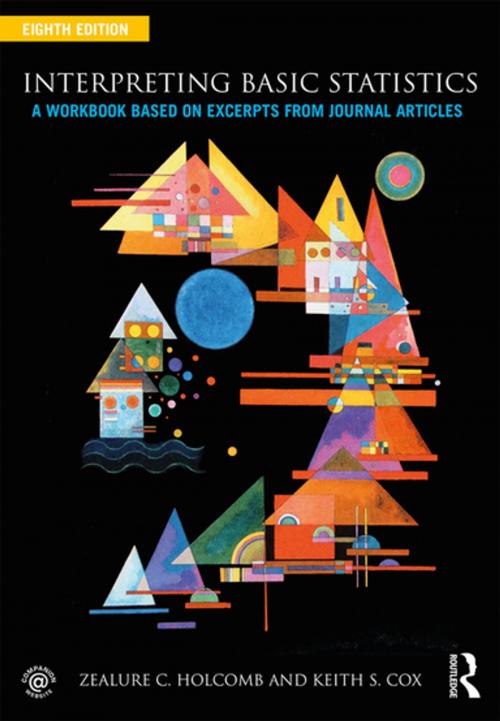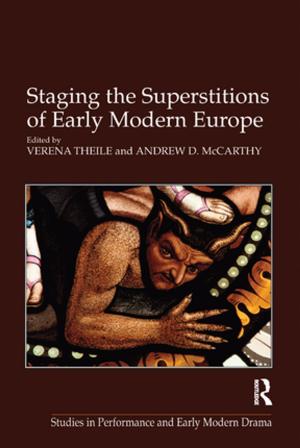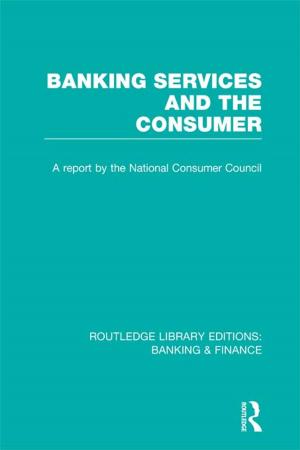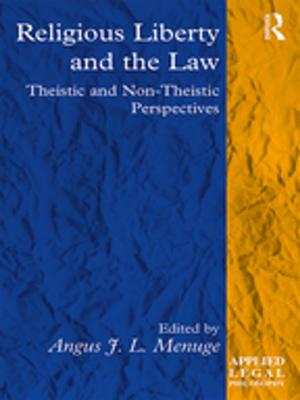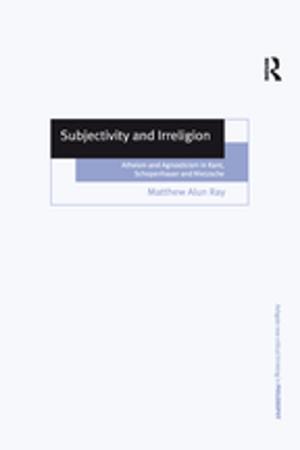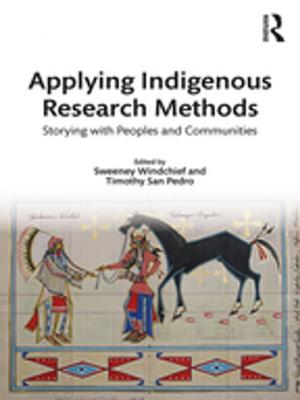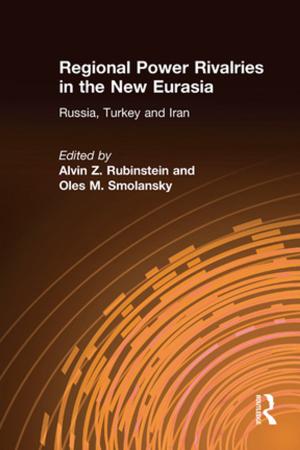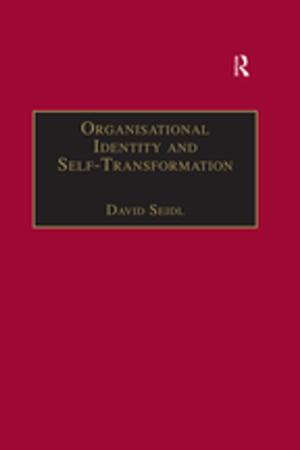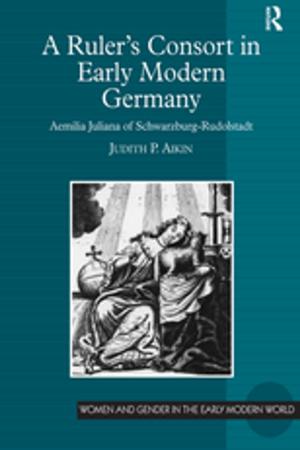Interpreting Basic Statistics
A Workbook Based on Excerpts from Journal Articles
Nonfiction, Health & Well Being, Psychology, Research| Author: | Zealure C. Holcomb, Keith S. Cox | ISBN: | 9781351847506 |
| Publisher: | Taylor and Francis | Publication: | August 9, 2017 |
| Imprint: | Routledge | Language: | English |
| Author: | Zealure C. Holcomb, Keith S. Cox |
| ISBN: | 9781351847506 |
| Publisher: | Taylor and Francis |
| Publication: | August 9, 2017 |
| Imprint: | Routledge |
| Language: | English |
Interpreting Basic Statistics gives students valuable practice in interpreting statistical reporting as it actually appears in peer-reviewed journals.
**New to the eighth edition: **
- A broader array of basic statistical concepts is covered, especially to better reflect the New Statistics.
- Journal excerpts have been updated to reflect current styles in statistical reporting.
- A stronger emphasis on data visualizations has been added.
- The statistical exercises have been re-organized into units to facilitate ease of use and understanding.
About this book
Each of the 64 exercises gives a brief excerpt of statistical reporting from a published research article, and begins with guidelines for interpreting the statistics in the excerpt.
The questions on the excerpts promote learning by requiring students to
-
interpret information in tables and figures,
perform simple calculations to further their interpretations,
critique data-reporting techniques, and
evaluate procedures used to collect data.
Each exercise covers a limited number of statistics, making it easy to coordinate the exercises with lectures and a main textbook.
The questions in each exercise are divided into two parts: (1) Factual Questions and (2) Questions for Discussion. The factual questions require careful reading for details, while the discussion questions show that interpreting statistics is more than a mathematical exercise. These questions require students to apply good judgment as well as statistical reasoning in arriving at appropriate interpretations.
Interpreting Basic Statistics gives students valuable practice in interpreting statistical reporting as it actually appears in peer-reviewed journals.
**New to the eighth edition: **
- A broader array of basic statistical concepts is covered, especially to better reflect the New Statistics.
- Journal excerpts have been updated to reflect current styles in statistical reporting.
- A stronger emphasis on data visualizations has been added.
- The statistical exercises have been re-organized into units to facilitate ease of use and understanding.
About this book
Each of the 64 exercises gives a brief excerpt of statistical reporting from a published research article, and begins with guidelines for interpreting the statistics in the excerpt.
The questions on the excerpts promote learning by requiring students to
-
interpret information in tables and figures,
perform simple calculations to further their interpretations,
critique data-reporting techniques, and
evaluate procedures used to collect data.
Each exercise covers a limited number of statistics, making it easy to coordinate the exercises with lectures and a main textbook.
The questions in each exercise are divided into two parts: (1) Factual Questions and (2) Questions for Discussion. The factual questions require careful reading for details, while the discussion questions show that interpreting statistics is more than a mathematical exercise. These questions require students to apply good judgment as well as statistical reasoning in arriving at appropriate interpretations.
